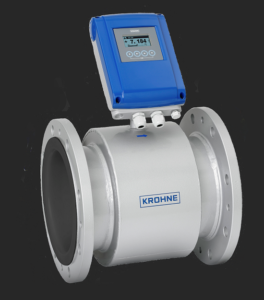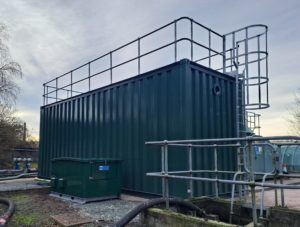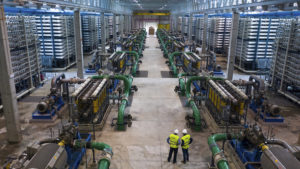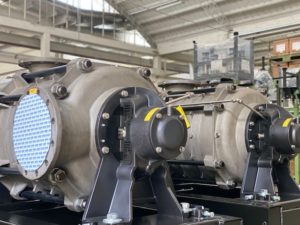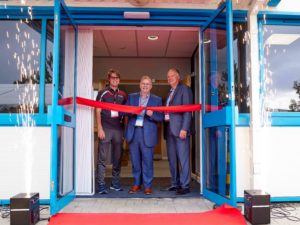Desalination Flow Control and Treatment Revenues to Exceed $9 Billion by 2020
Desalination plant flow control and treatment expenditures are now just 1.5 percent of the $340 billion dollar flow control and treatment market.
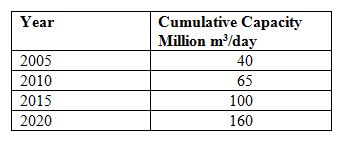
McIlvaine Company
While the market as a whole will increase at 5.5 percent, the growth in the desalination sector will be nearly twice as high. These are the conclusions reached by the McIlvaine Company in Air/Gas/Water/Fluid Treatment and Control: World Markets.
Cumulative desalination treatment capacity will double by 2020.
Flow control and treatment revenues will grow from $4 billion in 2013 to $9 billion/yr by 2020. The substantial revenue increases are a function of repairs and upgrades as well as new capacity. When the installed base is growing so rapidly, there is a corresponding growth in repair parts and consumables.
Another reason that the flow control and treatment revenues will grow rapidly is the increasing preference for reverse osmosis vs. thermal treatment. The filtration and pre-filtration steps represent a significant portion of the total expenditure when desalination is accomplished with RO.
There are substantial repair part revenues associated with the primary and energy recovery pumps. Valve part revenues are also significant. Dow Chemical benefits with hundreds of millions of dollars of revenue generated by replacement of existing RO modules. The company is also replacing alternative pre-treatment filters with UF. Chemical cleaning of the RO system is reduced. The result is a reduction in life cycle costs.
Upgrades to existing thermal systems will generate substantial revenues. Yokogawa Electric completed a project in 2012 to replace the control systems for the boilers, distillation unit and auxiliary facilities at the Shuwaikh seawater desalination plant. The Centum series integrated production control system which makes this plant operation more efficient and reliable. It replaced the aging control systems for three boilers, three distillation units and auxiliary facilities. The Yokogawa Centum series integrated production system controls all plant facilities. Also included were a Prosafe-RS safety instrumented system for the burner management systems on the boilers, a PRM integrated device management software package to monitor plant facilities and predict when maintenance is necessary.
At the Perth Seawater Desalination Plant at Kwinana, Australia Siemens automation technology provided the opportunity to greatly reduce the enormous quantity of copper cabling and connections normally required for a plant of this scale. The quantity of copper has been reduced by using intelligent communications and fibre-optic cable. Much less cable in the plant results in lower capital costs and improved reliability. Using a combination of leading-edge software, hardware and diagnostics, plant operators can predict maintenance needs more efficiently.
Source: The McIlvaine Company


